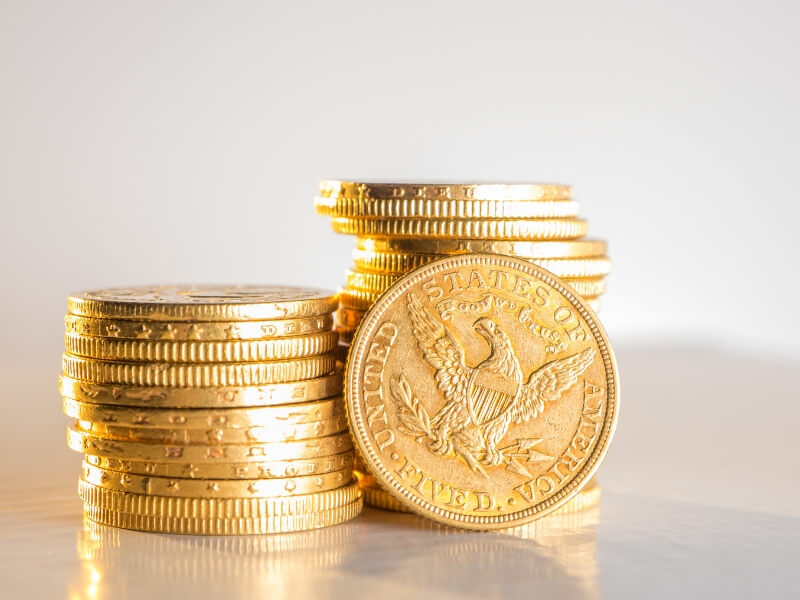A recent study by the U.S. Government Accountability Office found that replacing the $1 note with a $1 coin would likely result in a net loss to the government over 30 years.
The GAO discovered that the government would incur a loss of about $611 million if notes were actively replaced and about $2.6 billion if $1 notes were replaced gradually. These simulations represent the first time the GAO has found that replacing the $1 note with a $1 coin would result in a net loss to the government, rather than a net benefit.
The GAO’s estimates are based on current data and economic projections, which have changed over time. For example, the lifespan of the $1 note has more than doubled since a 2011 GAO analysis, from 3.3 years to 7.9 years, largely due to changes in note processing technology. Stakeholders generally identified few benefits from replacing $1 notes with $1 coins. Seven of 10 stakeholders the GAO met with said that replacing the $1 note with a $1 coin would result in additional costs. For example, armored carriers told the GAO that their transportation costs would increase because coins weigh more than notes.
In related news, the U.S. Mint estimates that it could save approximately $250 million over 10 years by suspending penny production and between $2 million and $9 million per year by changing the metal composition of the nickel. It also estimates that it could save about $74 million over 10 years by changing the metal composition of the dime and quarter.
However, Federal Reserve officials and some stakeholders expressed concern about temporarily suspending the penny due to the potential for external effects, such as penny shortages. Stakeholders were unconcerned about changes to the nickel, as long as the changes would not affect how the coin functioned, for example, in vending machines.
Since Congress specifies in law which coins are made and their metal composition, the Mint has proposed legislation to enable the Secretary of the Treasury to change the metal content of coins as long as the weight or machine acceptance of the coins is unaffected. Without such authority, the Mint might not be producing coins as cost-effectively as possible.
The U.S. spent about $1.3 billion in 2017 to produce, process and circulate coins and paper notes for use in the economy. Since 2006, both the penny and nickel have cost more to make than their face value. Other countries have replaced notes with coins of the same value to reduce costs. Since 1990, the GAO had estimated replacing the $1 note with a $1 coin would provide a benefit to the federal government.
The GAO was asked to examine the potential cost savings to the government from making changes to currency. It conducted economic simulations of continued use of $1 notes and replacing notes with $1 coins; examined cost data from the U.S. Mint; and interviewed officials from the Federal Reserve, U.S. Mint and Bureau of Engraving and Printing, as well as 10 selected stakeholders representing industries that could potentially be impacted by currency changes.
Based on its study, the GAO recommended that Congress should consider taking steps to authorize the Secretary of the Treasury to adjust the metal content of circulating coins.







